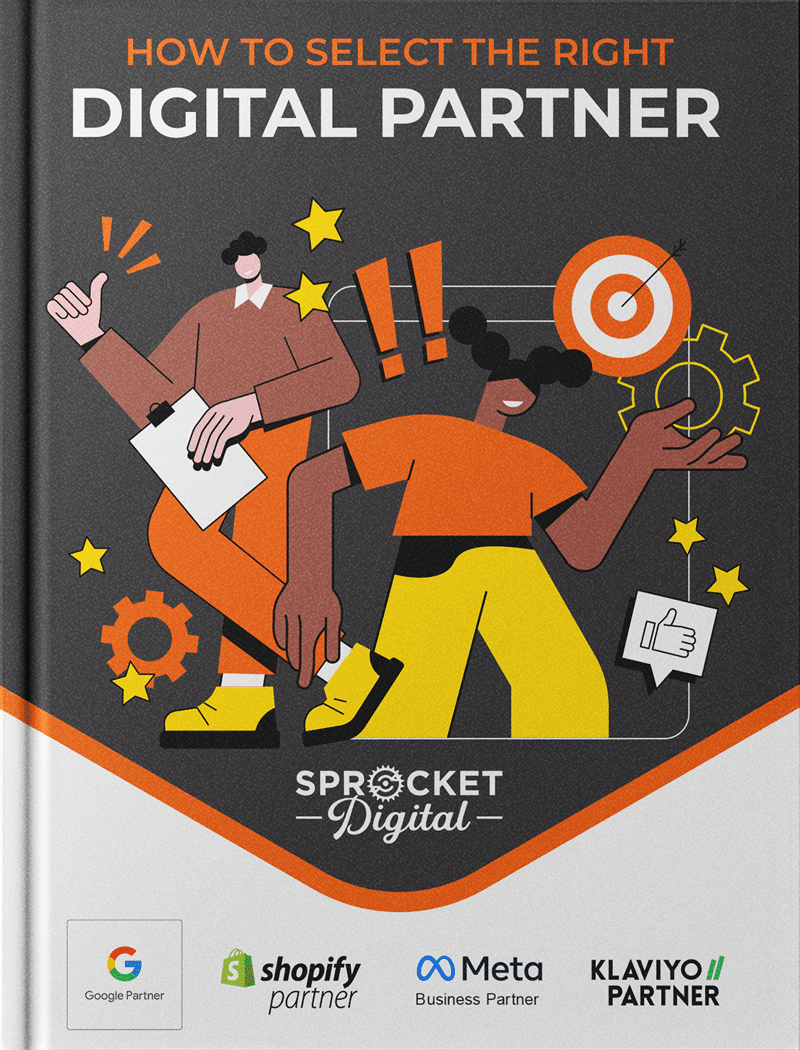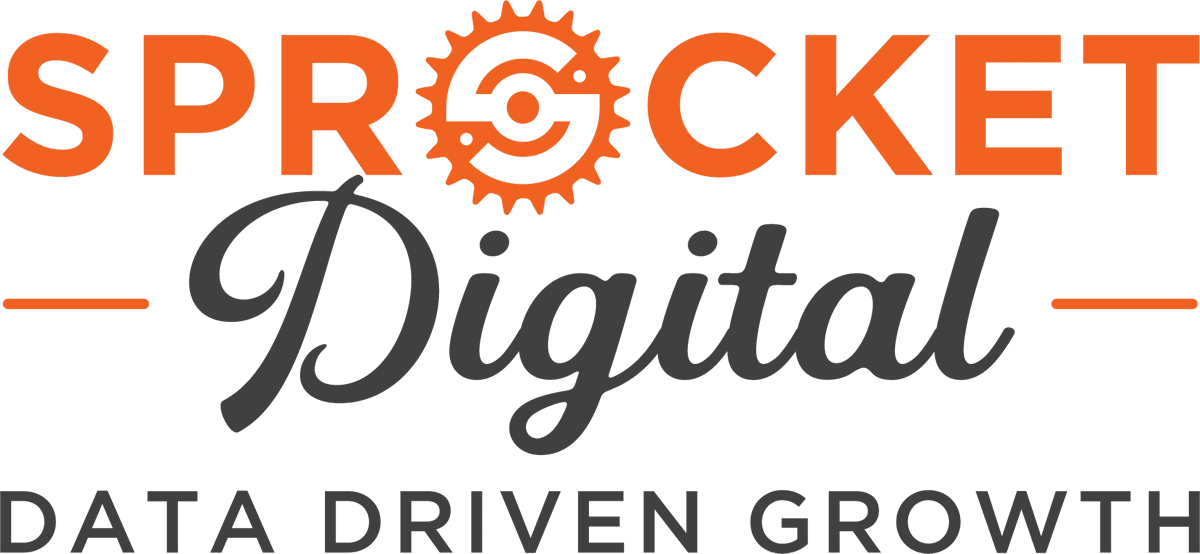You can think of Offline Conversions as any conversions that have occurred outside the online environment, such as approved loans, retail purchases or high worth purchases (vehicles, houses, boats etc).
Offline conversions are important to measure in the online world, as many of these conversion paths might have started with a digital click, and if you’re able to ascertain which clicks lead to valuable offline conversions, then you’re able to optimise your campaigns towards these valuable interactions.
How is the data matched with Online activity?
Both Google and Facebook use similar methods when it comes to pairing offline conversions with online sessions. Basically, they append a unique Click-ID to all traffic generated from their ad platforms, and it is stored in the cookie data.
The Google Click-ID is called GCLID, and the Facebook Click-ID is called FBCLID. These are automatically generated and appended to ad traffic.
What data is necessary?
In order to upload useful offline information, you’re going to need some data on your customers. Thankfully, it’s not too complicated, your business CRM system should be able to easily export the following:
- “Conversion time” – time/date when the offline conversion occurred
- “Conversion name” – this is the name of the valuable conversion. I.e. “Purchase” or “Lead”.
- “Conversion value” – This is the estimated or accurate dollar figure of the conversion. If you do not have or do not know the value, simply input 1 in the value field.
- “Currency” – The currency in which the value is given.
For Facebook, you’ll also need to include email address data, so that Facebook is able to match conversions with user profiles.
For Google, you’ll also need to include a column containing GCLID data. This data can be collected by your CRM system and exported at the same time as the other data outlined above.
How often do I need to upload this data?
If the data is being manually pulled from your CRM system, you’ll also need to periodically upload the data to your ad platforms. The more frequently this is done, the better, as it allows us to analyse and optimise the campaign with less ‘lag’. At Sprocket, we aim to run scheduled uploads for our clients once a week.
If you work with particularly clever web developers, you may also be able to set up automatic API integration of this data into the Facebook and Google ad platforms.
How do I use this data to optimise my campaigns?
Once enough data is available and successfully uploaded to the ad platforms, we’d suggest using automated bid strategies to take your ROI to the next level. There are three strategies worth considering:
- Maximise Conversions
The Maximum Conversions bid strategy is designed to get as many conversions as possible while spending your daily budget.
This strategy is best when offline conversions all share a similar value.
- Target CPA
Target CPA is a Smart Bidding strategy that sets bids to help get as many conversions as possible at or below the target cost-per-action (CPA) you set.
This strategy is best when you have accurate data for the profitable CPA level (once customer lifetime value has been modelled)
- Maximise Conversion Value
This is where you define the value that you want to maximize, such as sales revenue or profit margins.
This strategy is best when you have accurate conversion value data.
We hope this guide has been helpful in determining whether offline conversions will add value to your business.
Both Google and Facebook offer excellent in depth implementational guides for you to follow:
Google – https://support.google.com/google-ads/answer/2998031?hl=en
Facebook – https://www.facebook.com/business/help/1142103235885551?id=565900110447546
Author: Josh Sexton – Digital Performance Director at Sprocket Digital



